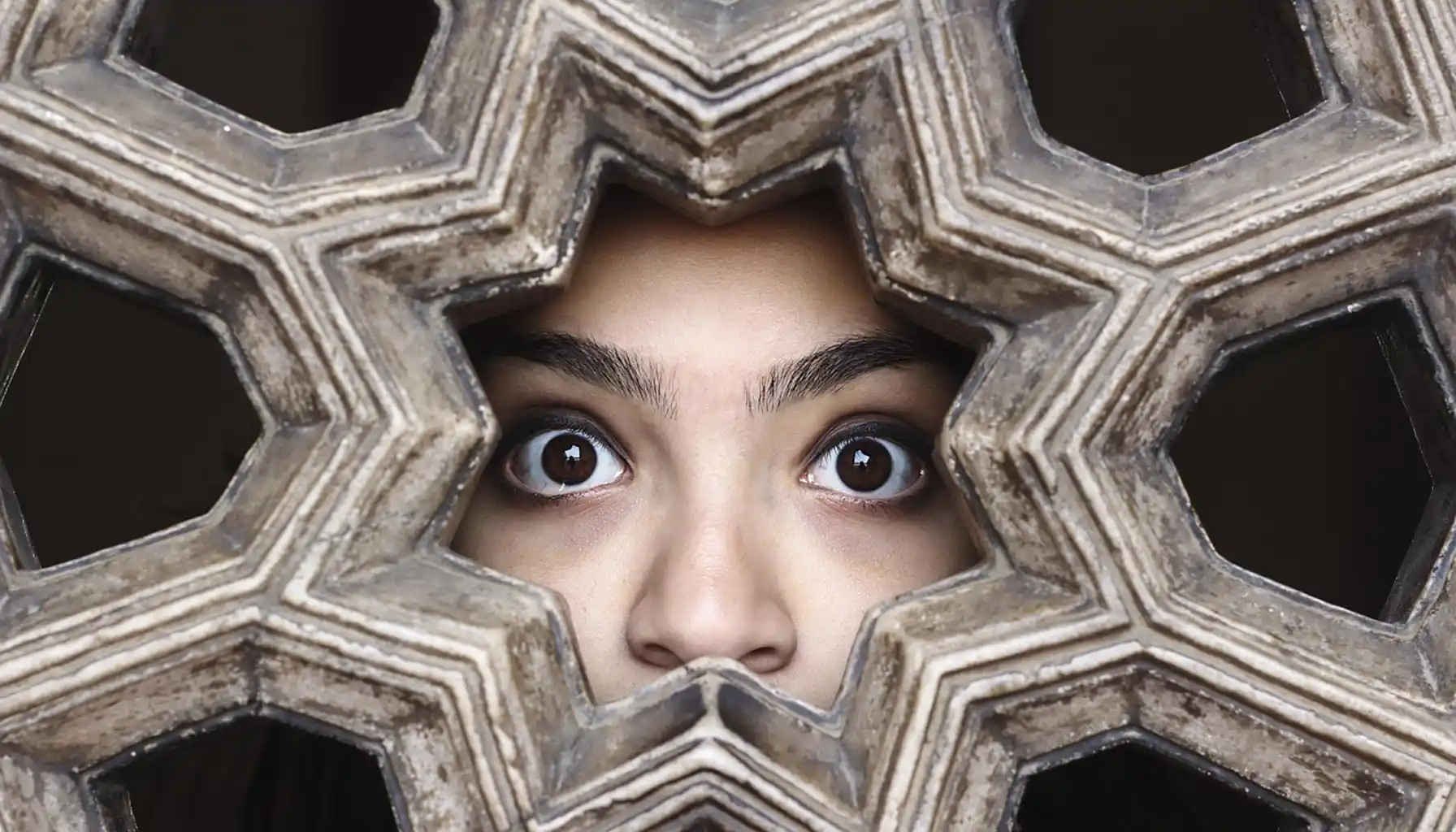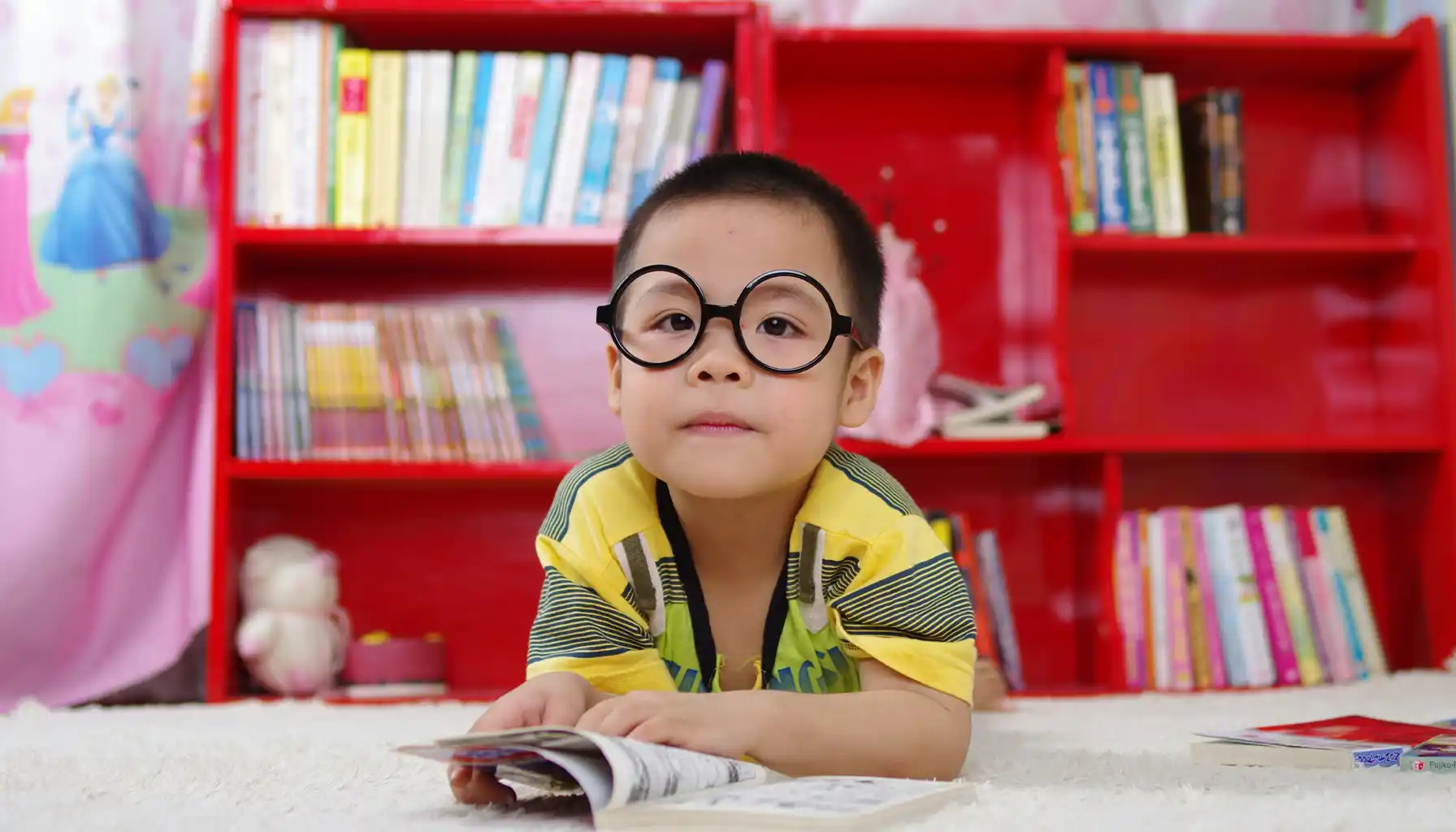Contents:
- Ephebiphobia Meaning and Definition
- What Do People With Ephebiphobia Fear?
- What Is the Fear of Teenagers Called in Relation to Other Phobias?
- Symptoms of Ephebiphobia
- Causes of Ephebiphobia
- How Professionals Identify Ephebiphobia
- Complications of Ephebiphobia
- Differences From Other Anxiety Conditions
- Management and Treatment Options
- Practical Strategies for Everyday Life
Ephebiphobia is not just a mild dislike, but an obsessive and irrational fear of teenagers, which can completely disrupt the usual rhythm of life. A person begins to avoid places where there are a lot of teenagers: shopping centers, cinemas, amusement parks, concerts, and sometimes even social networks.
Unlike the usual irritation at noisy behavior or teenage rebellion, much more serious mechanisms are involved here. Understanding that behind strange reactions there is a real phobia, and not a weakness of character, already brings relief in itself. When gaining knowledge of how to address it, it becomes possible to regain control of your life step by step.
Regular cognitive exercises that strengthen mental resilience can also help with this.
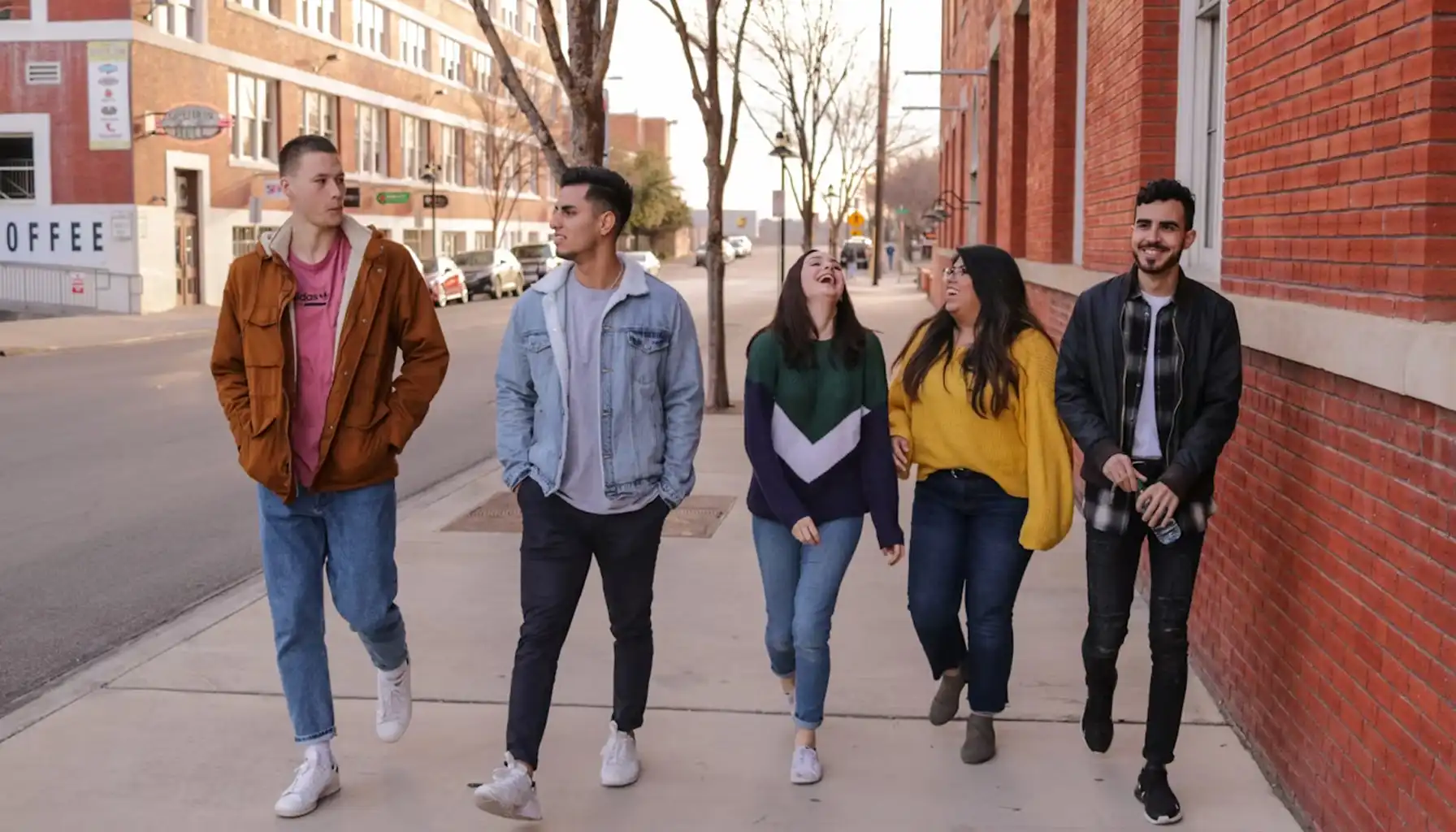
Ephebiphobia Meaning and Definition
Origins of the Term
The word is derived from the Greek ephebos (youth) and phobos (fear). Thus, ephebiphobia meaning is directly related to the fear of teenagers and their environment.
In modern discourse, this term is often used not only in a clinical context, but also in sociology — for example, when adults express prejudice against young people, labeling them as “dangerous” or “undisciplined”.
Clinical Perspective
If we consider ephebiphobia definition, it’s a type of anxiety disorder, related to the group of specific phobias. What makes it distinctive is that the threat itself is absent or minimal, but the perception of teenagers causes discomfort comparable to a real danger.
What Do People With Ephebiphobia Fear?
People with this condition may experience stress in a variety of scenarios:
being on a school or college campus where teenagers are the majority;
going to the movies, especially for premieres of films aimed at younger audiences;
being at the mall after school when groups of teenagers gather;
watching TV shows or movies with teenage characters, even during an ordinary evening at home;
using apps and social media popular with young people, where the feed is filled with their content;
attending social events, from sports games to concerts,where the teenage presence is active and noticeable.
What Is the Fear of Teenagers Called in Relation to Other Phobias?
Although the official name is ephebiphobia, there are related conditions:
Pedophobia — fear of young children.
Gerontophobia — anxiety about interacting with older generations.
Anthropophobia — a broader fear of interacting with people in general.
This overlap explains why one person can have several phobias at once.
Symptoms of Ephebiphobia
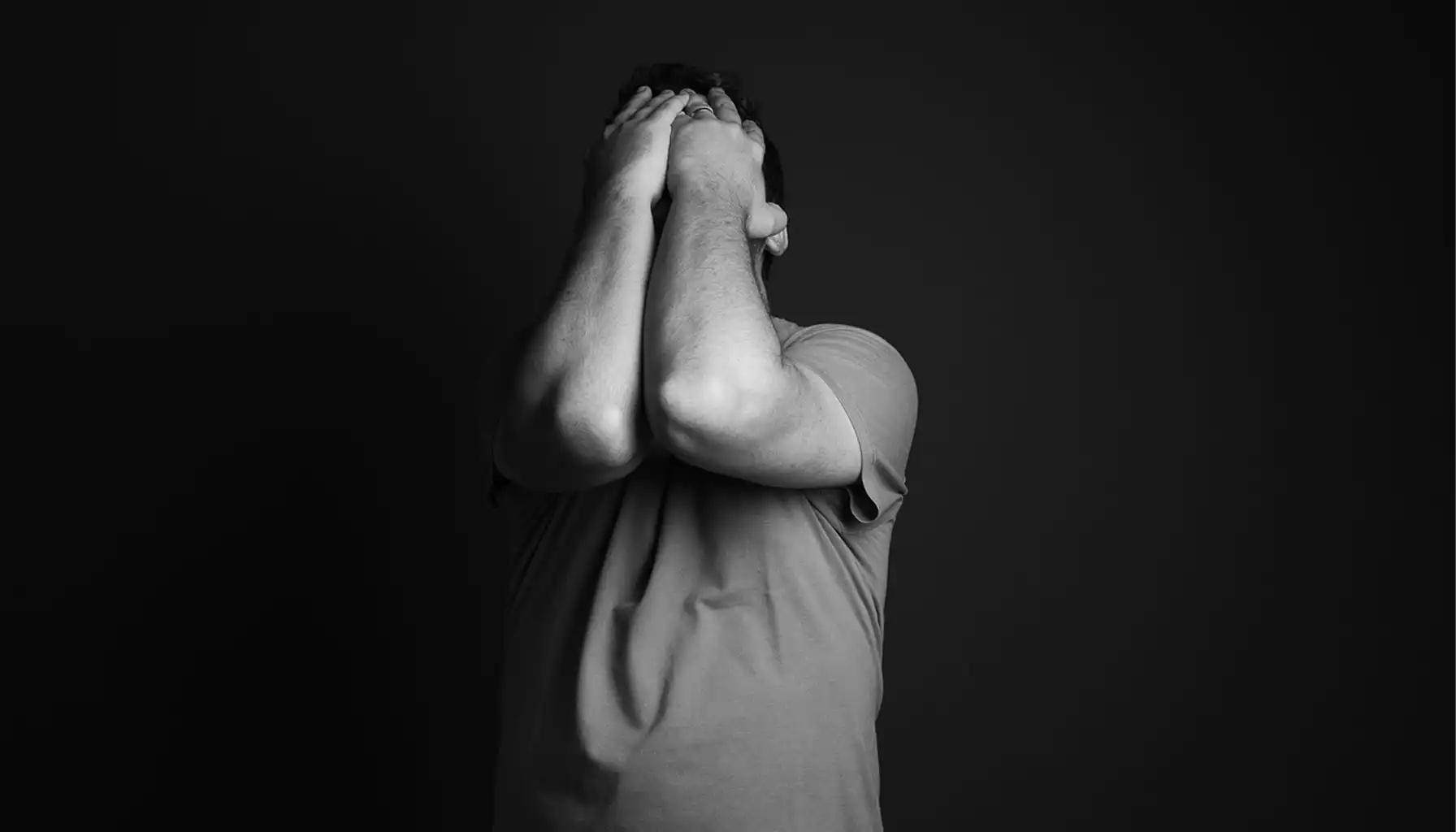
Physical symptoms:
increased heart rate and spikes in blood pressure;
trembling, increased sweating, shortness of breath;
dizziness, nausea or indigestion;
sudden onset of panic, even to the point of fainting;
a strong desire to immediately leave the room;
difficulty concentrating and decreased performance.
Emotional and psychological manifestations:
feeling ashamed of one's own reaction;
thoughts of losing control or fear of "going crazy";
fear that others will notice the panic;
constant internal tension even without a real threat;
increased general anxiety and decreased self-confidence;
development of sleep problems, since anxiety often persists at night and interferes with proper rest.
Causes of Ephebiphobia
There is no exact cause, but experts identify several factors that influence the development of ephebiphobia:
Personal experience:
experiencing aggression from teenagers;
incidents of bullying at school or on the street;
observation of conflicts involving teenagers.
Cultural stereotypes:
the image of "difficult teenagers" as noisy and disobedient;
the idea of young people as a potential threat;
biased expectations from adults.
Influence of the media:
news about crimes committed by teenagers;
emphasis on school violence or street fights;
promotion of negative images in films and social networks.
Biological and psychological factors:
genetic predisposition to anxiety disorders;
increased sensitivity of the nervous system;
existing phobias or anxiety states.
Social environment:
living in areas with a high level of juvenile crime;
negative school environment;
contact with aggressive teenage subcultures.
How Professionals Identify Ephebiphobia
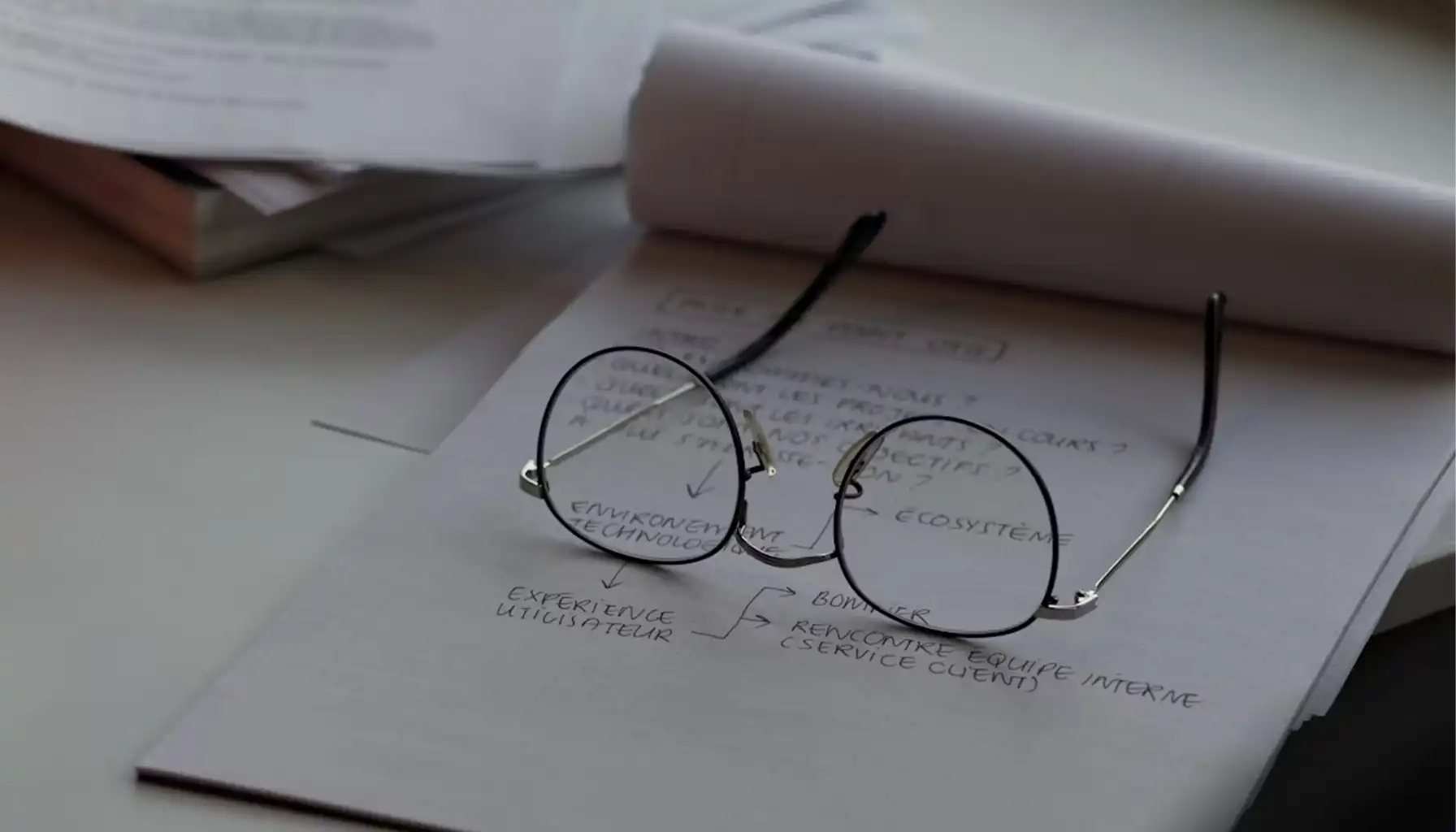
Although the official DSM-5 manual does not explicitly mention the term ephebiphobia, psychologists and psychiatrists apply the general criteria for diagnosing phobias to identify this condition.
When making an assessment, the specialist considers:
the duration of anxiety (symptoms persist for at least six months);
how much the fear limits daily life and social contacts;
the presence of panic reactions in real contact or even when thinking about teenagers;
changes in behavior, for example, systematically avoiding places where you can meet teenagers.
Complications of Ephebiphobia
Long-term avoidance of teenagers gradually affects different areas of life:
Career difficulties: if the job is related to education, sports or media, a person may refuse projects or even change careers in order not to cross paths with teenagers.
Social restrictions: meetings with friends who have teenage children become a source of stress, and social contacts gradually shrink to a minimum.
Media isolation: modern films, TV series or social networks are often filled with teenage content, so a person consciously refuses them and deprives himself of his usual entertainment.
Emotional consequences: constant stress leads to a feeling of loneliness, a decline in mood and even depressive symptoms.
Physiological complications: chronic stress affects the body — headaches, insomnia, and the risk of panic attacks increase.
Family problems: if relatives have teenagers, avoiding contact can cause misunderstandings and conflicts.
Differences From Other Anxiety Conditions
Many anxiety disorders are similar in their symptoms, but their nature and consequences differ. A misunderstanding can prevent a person from choosing the right methods of help.
Thus, with depression or generalized anxiety, the emphasis is on the general emotional background, while with ephebiphobia it’s important to work specifically with the reaction to the teenage environment.
For a psychotherapist, the correct distinction has practical value:
the choice of exposure method depends on what the fear is directed at;
the therapy plan is built around a specific trigger, not abstract situations;
the prognosis for recovery is different, because it’s impossible to completely eliminate contact with teenagers, unlike simply avoiding flying in the case of aerophobia.
Management and Treatment Options

Treatment is usually based on a combination of therapy and support from loved ones.
Cognitive Behavioral Therapy (CBT) gives you a chance to notice and change habitual thoughts that trigger anxiety.
Exposure therapy teaches you to gradually adapt to triggers — first through photos or videos, and then in real encounters.
Hypnotherapy helps you work with deep-seated beliefs and memories that fuel fear.
Medication — antidepressants or sedatives — can temporarily alleviate the condition and reduce tension.
Practical Strategies for Everyday Life
Below are practices that can be incorporated into your daily routine:
Approach | Patient Benefit |
Yoga and breathing techniques | Reduced anxiety levels |
Keeping an observation journal | Mindfulness and tracking of triggers |
“Safe anchors” (music, bracelet) | Stabilization in unexpected situations |
Using Mind Elevate | Development of stress resilience and skill retention |
Limiting news content | Reduced impact of negative imagery on adolescents |
Building a Healthier Perspective
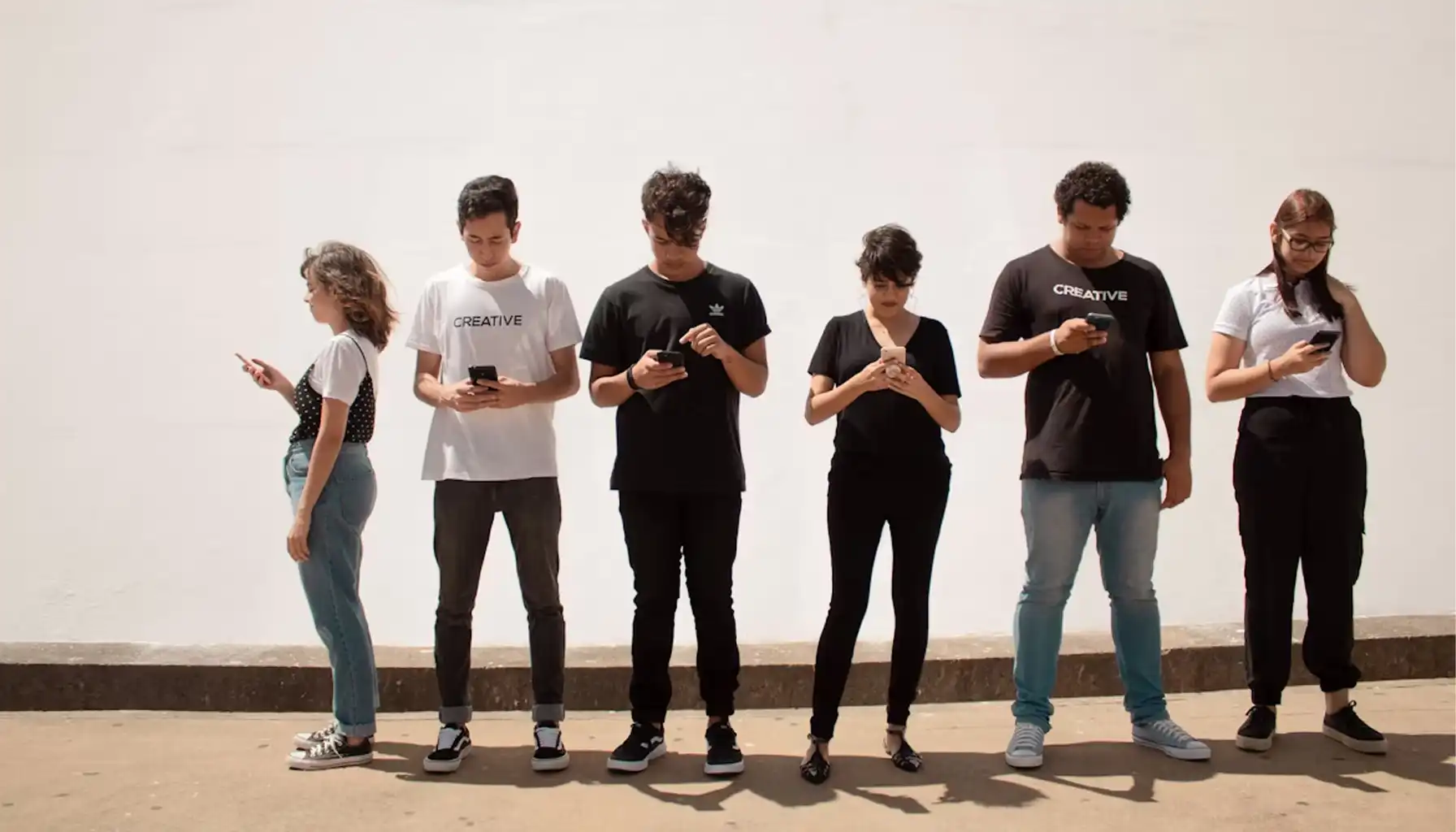
Living with ephebiphobia is not easy, and the first step is to accept that there is no instant solution. It is a path of small steps — meetings with a therapist, mastering self-help techniques, practice situations that at first seem frightening.
Gradually, the fear loses its intensity, and where panic used to arise, there is an opportunity to breathe a little more freely. Family support is also important: when loved ones understand that this is not a whim but a real phobia, it becomes easier to share experiences and find the strength to move on.


